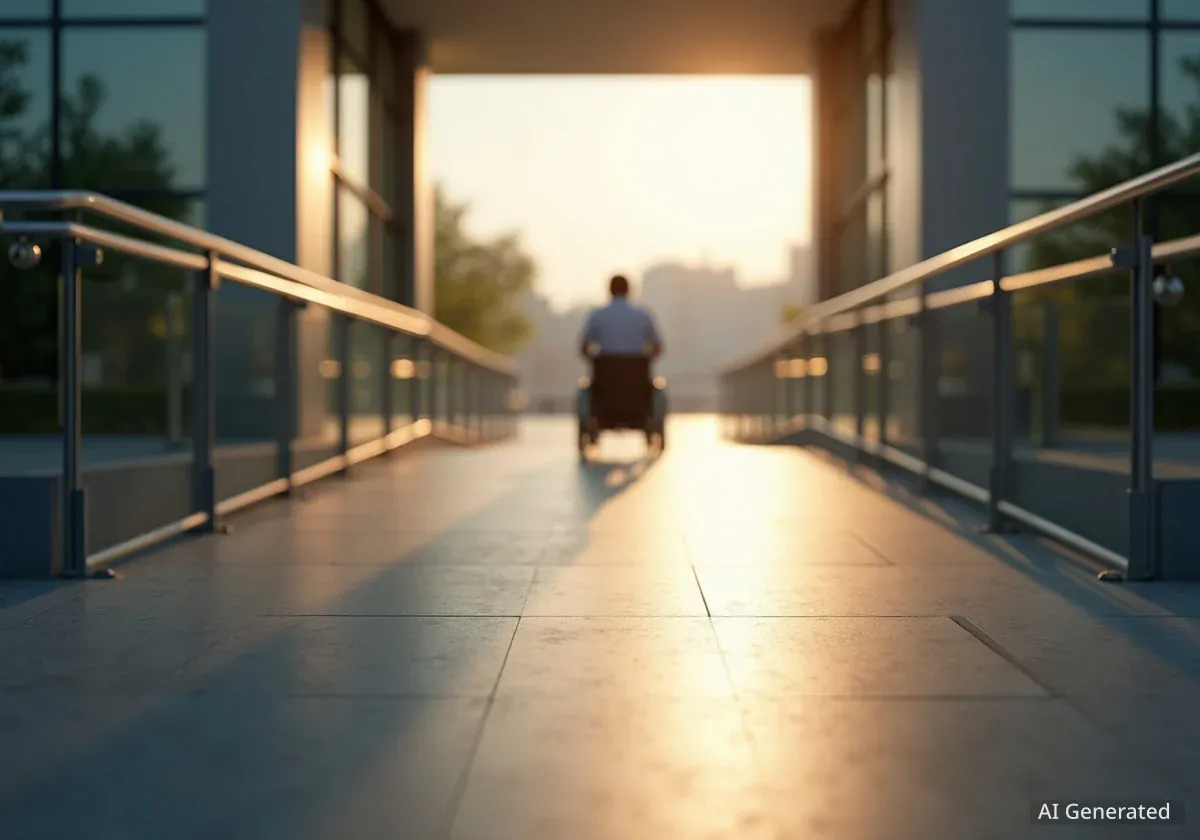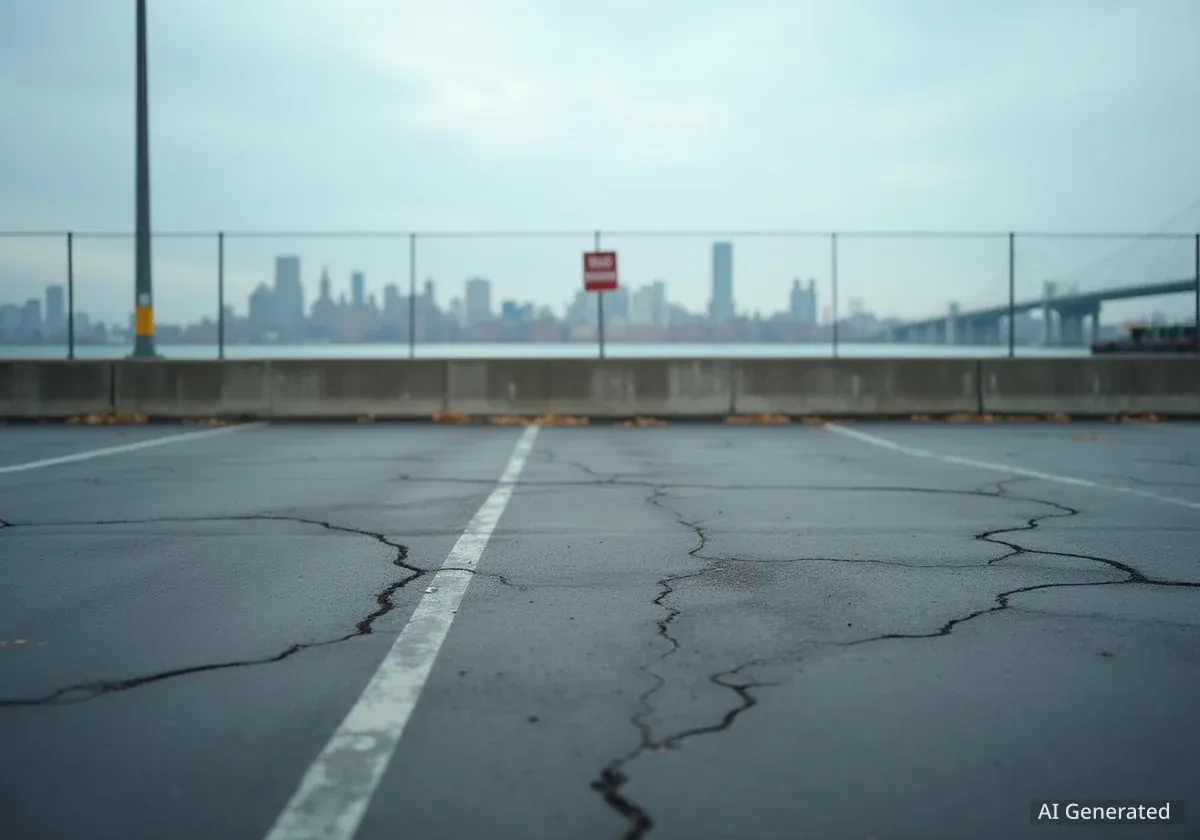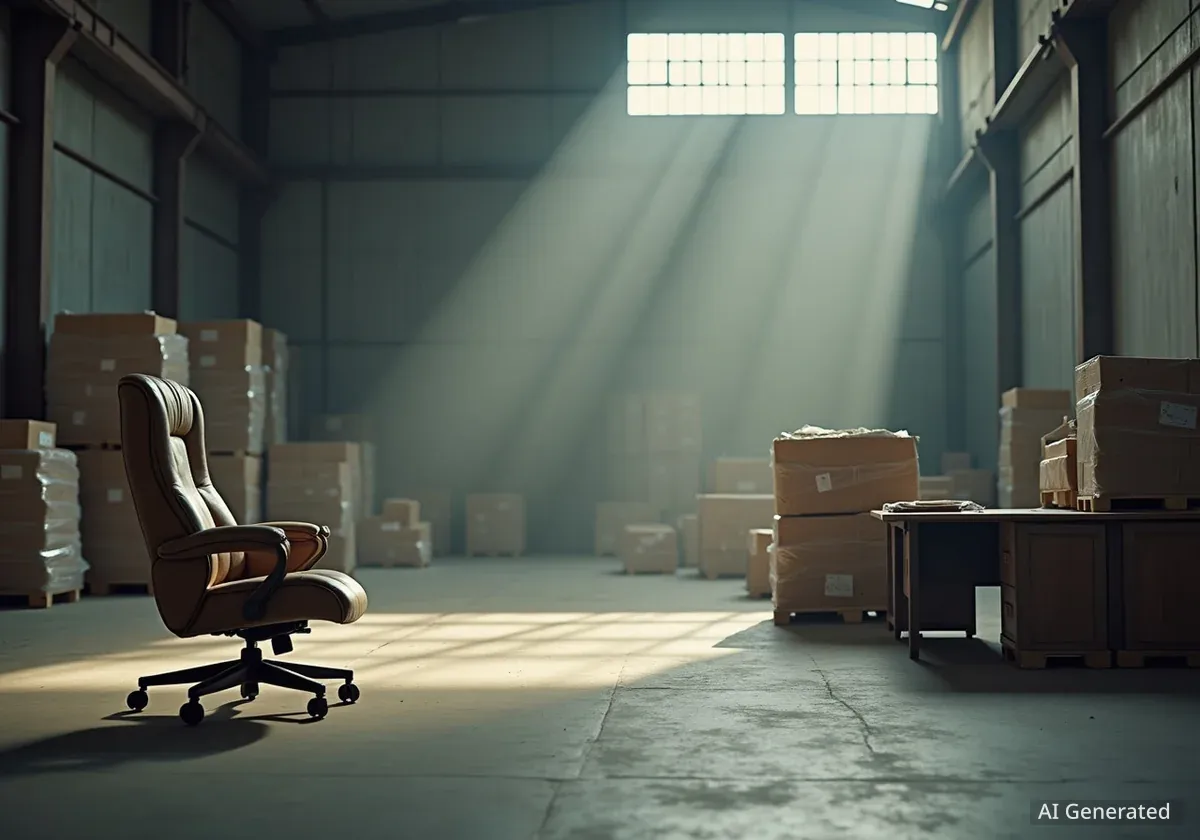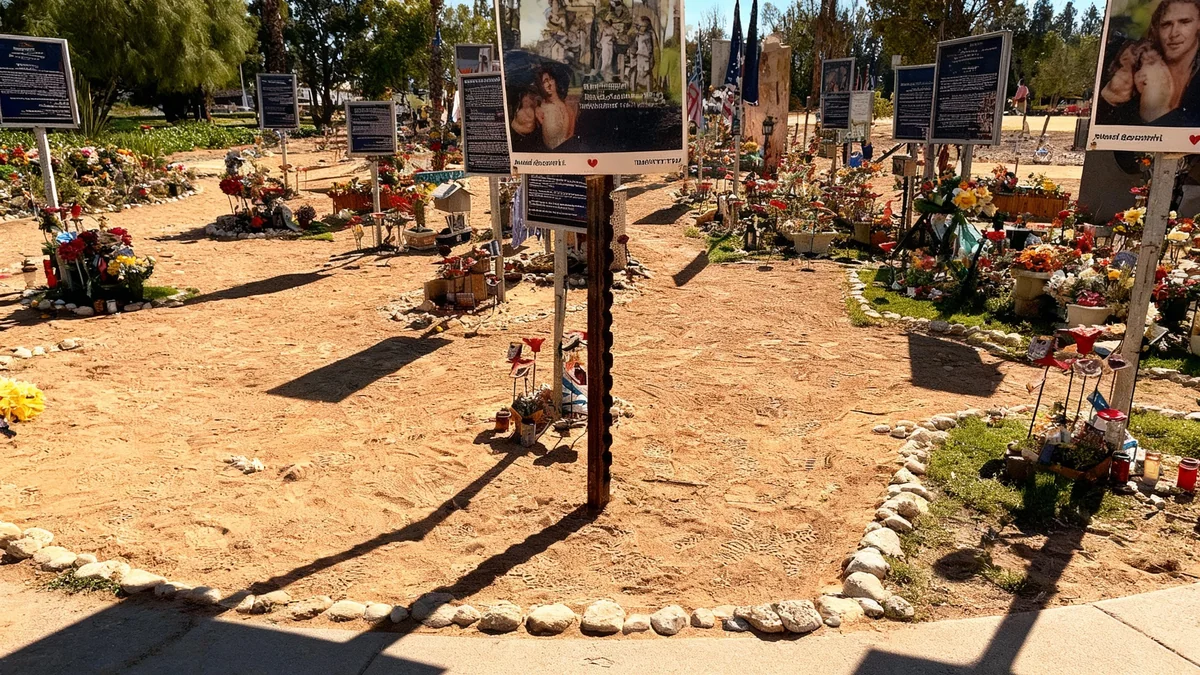The Kennedy Space Center Visitor Complex in Florida, which attracts approximately 1.5 million guests each year, has implemented a wide range of features to ensure its exhibits are accessible to individuals with diverse physical and sensory needs. As the nation's busiest launch site, the complex has focused on removing barriers to experiencing space exploration firsthand.
Located on Merritt Island, the facility offers visitors unique experiences, such as viewing a real space shuttle and simulating a rocket launch. Recent efforts have centered on providing comprehensive support, from mobility device rentals to sensory guides and sign language interpretation, making it one of Florida's most inclusive attractions.
Key Takeaways
- The Kennedy Space Center Visitor Complex has introduced extensive accessibility features for mobility, sensory, and hearing needs.
- In 2023, the complex earned autism certification by implementing sensory guides, quiet zones, and low-sensory areas.
- Mobility support includes rentable wheelchairs and ECVs, fully navigable pathways, and tour buses equipped with wheelchair lifts.
- Services for guests with hearing impairments include ASL interpreters, assistive listening devices, and closed captioning on most video content.
A Hub for Space Exploration and Commercial Launches
Situated just 40 minutes from Orlando, the Kennedy Space Center is a primary destination for tourists and a critical hub for the American space program. It holds the distinction of being the most active launch facility in the United States, a status driven largely by commercial partnerships.
Since 2011, the number of commercial launches has grown significantly. Companies like SpaceX, United Launch Alliance (ULA), and Blue Origin now conduct launches from the site, outnumbering NASA's own missions by a ratio of eight to one. This constant activity provides a dynamic backdrop for the visitor complex.
From Private Viewing to Public Attraction
The visitor complex was originally established in 1967 as a place for astronauts and their families to watch space center operations. It has since evolved into a major public attraction where guests can interact with the history and future of space travel, from touching a moon rock to standing beside the Space Shuttle Atlantis.
Comprehensive Mobility Support Across the Complex
The Kennedy Space Center Visitor Complex covers a large area of 42 acres, filled with large-scale exhibits and interactive displays. To help visitors navigate the grounds, the center has established a robust system for mobility assistance.
Navigating the Grounds
For those who require mobility aids, the complex offers several rental options. These include manual wheelchairs, electric conveyance vehicles (ECVs), and both single and double strollers for families with young children. The entire facility was designed with accessibility in mind.
All walkways are wide and paved, ensuring easy navigation for wheelchairs and ECVs. Ramps and elevators are installed wherever necessary to provide access to all levels of the exhibits. According to complex officials, the grounds are designed to be fully navigable for all guests.
Accessible Exhibits and Tours
Specific attractions have been adapted to accommodate visitors with mobility challenges. For instance, the Shuttle Launch Experience, located within the Space Shuttle Atlantis exhibit, has accessible seating with supportive modifications. For those who prefer not to participate in the simulation, an alternative viewing room is available.
Furthermore, all tour buses that transport guests around the space center are equipped with wheelchair lifts. Officials recommend that guests requiring a lift make a request in advance or inform staff at the time of boarding to ensure a smooth experience.
Sensory-Friendly Initiatives for a Comfortable Visit
Recognizing that the sounds and lights of a busy attraction can be overwhelming for some, the visitor complex has made significant strides in sensory support. In 2023, these efforts led to the facility becoming a Certified Autism Center.
“Our staff works tirelessly to make sure Kennedy Space Center Visitor Complex is accessible to all guests, so that regardless of physical or sensory needs, they can fully experience the excitement, education and inspiration of space exploration,” says Russell Bruhn, Senior Public Relations and Communications Manager at the complex.
Tools for Managing Sensory Input
To help guests prepare for their visit, a written sensory guide is available. This guide rates different areas of the complex on a scale from one (least sensitive) to five (most sensitive) across various sensory categories.
Sensory Guide Example: The Rocket Garden
The outdoor Rocket Garden, which displays historic NASA rockets, has a sound rating of five due to potential ambient noise. However, its ratings for sight and touch are two, while taste and smell are rated as one, giving families a clear idea of what to expect.
For visitors who experience sensory overload, the complex has designated quiet zones and low-sensory areas to provide a calm space to rest. A limited number of noise-canceling headphones are also available for checkout at the entrance on a first-come, first-served basis.
Advanced Support for Hearing and Visual Needs
The commitment to accessibility extends to guests with hearing or visual impairments. The complex offers a variety of technological aids and services to ensure these visitors can fully engage with the exhibits and presentations.
Interpretation and Assistive Devices
Before arriving, guests can download the KSC SmartGuide app, which features video content with American Sign Language (ASL) translations. For live presentations, an ASL interpreter can be requested, though this requires at least two weeks' advance notice.
Other available resources include:
- Assistive listening devices: Available for use in the IMAX and Universe Theaters.
- Hearing loops: Installed at select ticket windows and theaters to assist guests with compatible hearing aids.
- Closed Captioning: Most video presentations and preshow briefings feature closed captions or reflective captioning panels. Captions are also displayed on bus tour monitors.
These tools are part of a broader strategy to ensure that the educational and inspirational content of the visitor complex is accessible to everyone. By combining technology with thoughtful planning, the center aims to create an inclusive environment where every guest can connect with the story of space exploration.





